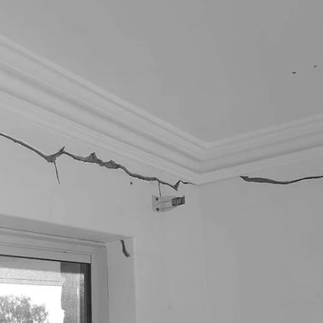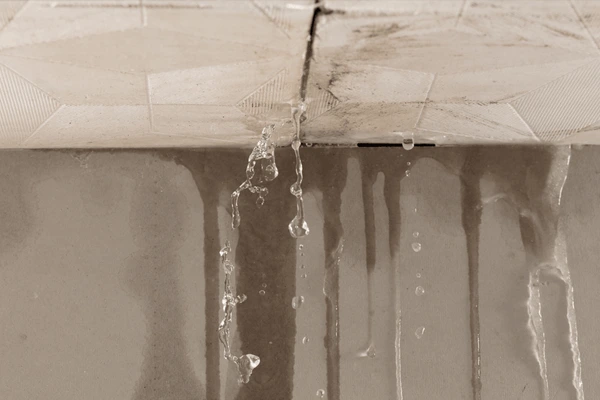Cracked Plaster Ceiling? Here's the Cause & How to Repair It Safely
- Na Bee-ha

- Jul 15
- 2 min read
Table of Contents
Introduction
Noticed cracks in your plaster ceiling? Don’t ignore these early signs of damage.
Small cracks in plaster ceilings may seem harmless, but they can grow and compromise your home's structure if left untreated. In this article, you'll learn the types of cracks, the main causes, and how to safely repair ceiling cracks—whether as a DIY project or with professional help.
Types of Plaster Ceiling Cracks
Know the types of cracks to assess the damage:
Hairline cracks: Fine and common, easy to fix.
Long straight cracks: Could indicate structural movement.
Spider-web cracks: Suggest excessive pressure or moisture.
Causes of Cracked Plaster Ceilings
Common causes include:
Movement of the building or ground.
Weak ceiling frame installation.
Moisture from roof leaks or pipes.
Poor-quality plaster or finishing work.
How to Repair Small Cracks
Simple DIY steps:
Clean the cracked area of dust.
Use special filler for plaster ceilings.
Smooth the surface and let it dry.
Lightly sand and repaint if necessary. Make sure to use quality products for long-lasting results.
When Should You Call a Professional?
Contact a professional if:
Cracks are growing longer or deeper.
Signs of roof sagging are visible.
Ceiling appears bulging or sagging.
You're unsure of the actual cause.Experts can conduct structural inspections and offer safe repair solutions.
Preventive Measures Against Cracks
Avoid recurring problems by:
Using quality materials and certified installers.
Ensuring good home ventilation to prevent moisture.
Performing regular maintenance on the roof and plumbing.
Aesthetic Impact & Property Value
Cracks can affect your home’s appearance and value:
Lowers market value if poorly maintained.
Creates a negative impression for potential buyers.
Visual eyesore in living rooms or bedrooms.
Difference Between Plaster and Gypsum Ceilings
Understand the ceiling materials used:
Plaster ceiling: Stronger and suitable for luxurious designs.
Gypsum ceiling: Lighter, easier to install, and more cost-effective.
Choose based on your budget and durability needs.
Did You Know?
Small cracks can become entry points for mold and pests.
Modern plaster ceilings can be installed with anti-crack systems.
Moisture is the main cause of cracks in Malaysian homes.
Conclusion
Don’t let a cracked plaster ceiling become a bigger issue. Identify the type of crack, understand the cause, and repair it quickly using safe methods. For serious cracks, consult a professional to ensure your home remains safe and comfortable.
Frequently Asked Questions (FAQ)
Should small cracks be fixed immediately?
Yes, the earlier you repair them, the easier and cheaper it is.
Do cracks indicate a leaking roof?
Possibly. Check if the crack is near a damp area or pipe.
Can I use regular cement to repair plaster ceilings?
Not recommended. Use a special filler suitable for plaster.
What are the risks of ignoring cracked ceilings?
Cracks may spread, leading to ceiling collapse or leaks.
Who can I contact for an inspection?
Choose a registered contractor or local building expert.
Need help fixing your cracked plaster ceiling? 🛠️
Contact our team for a FREE inspection and quote via WhatsApp 👉 https://www.plasterceiling.my/















